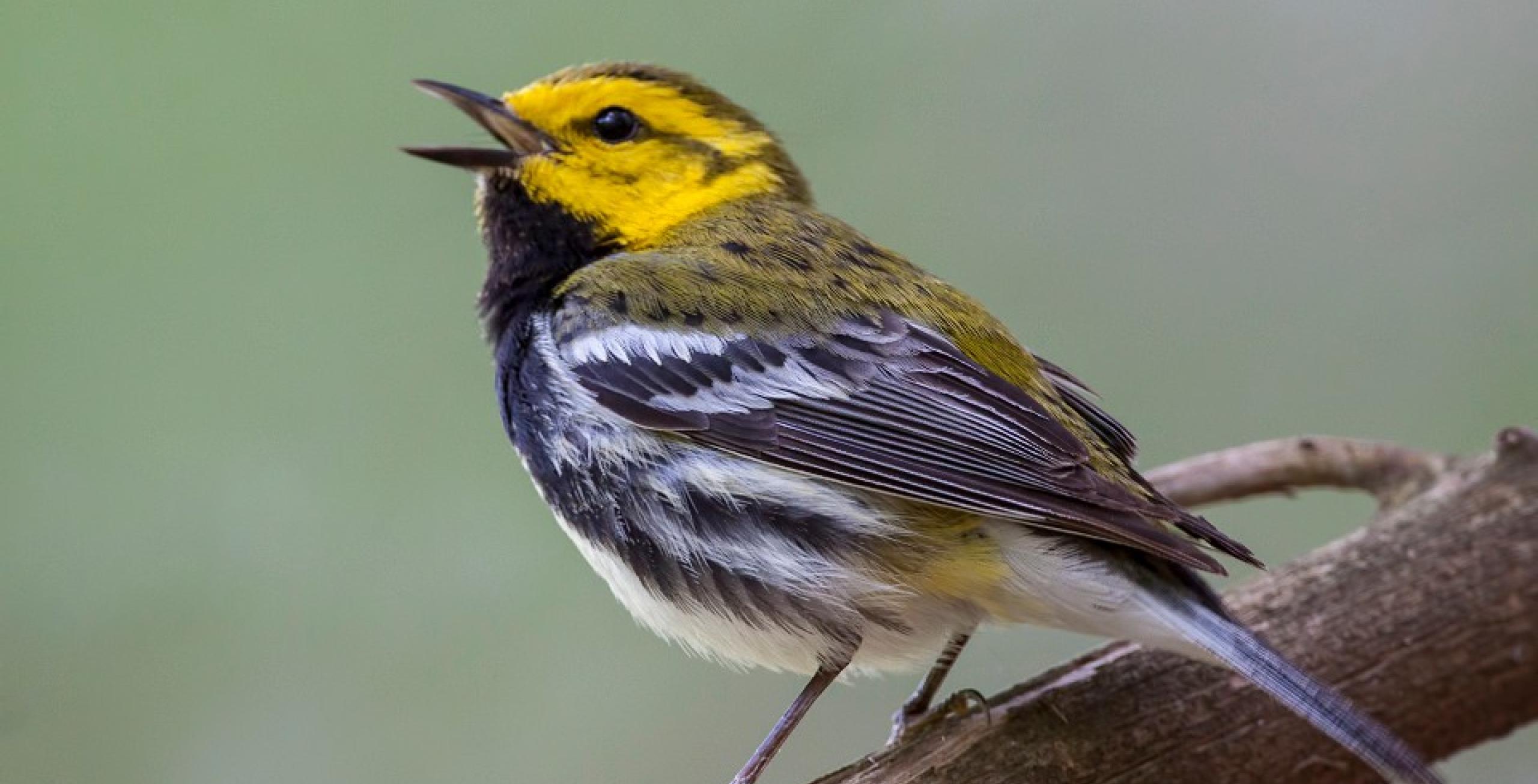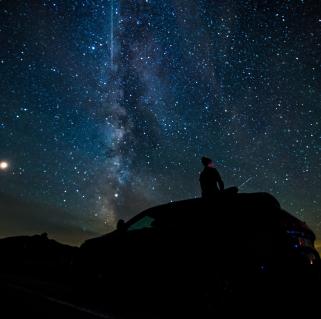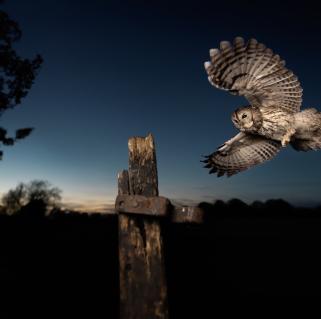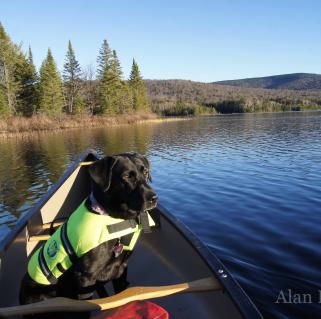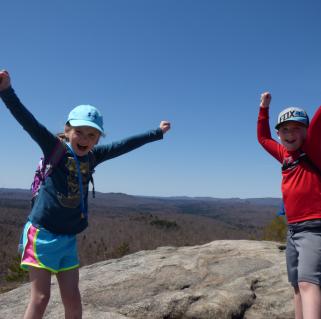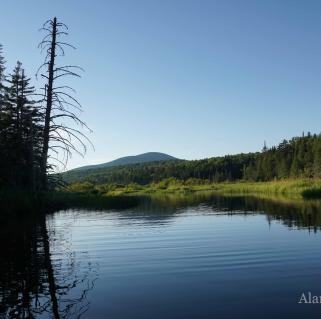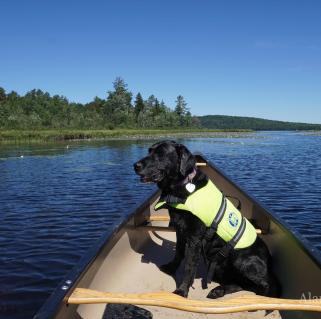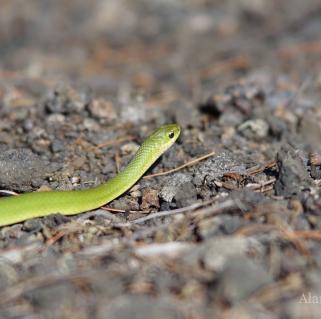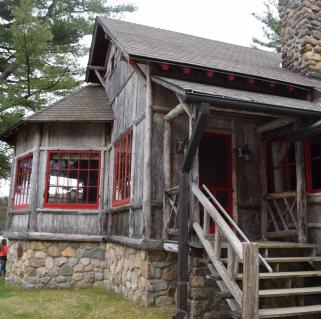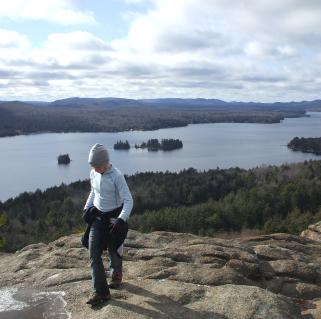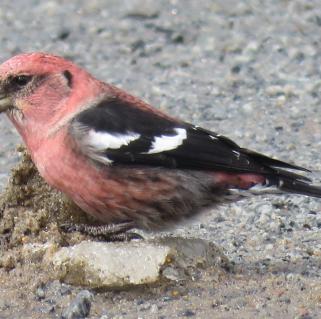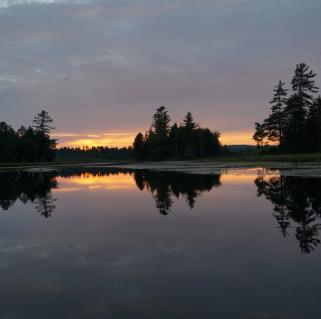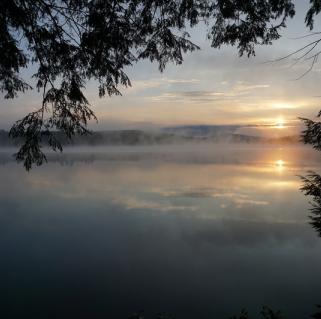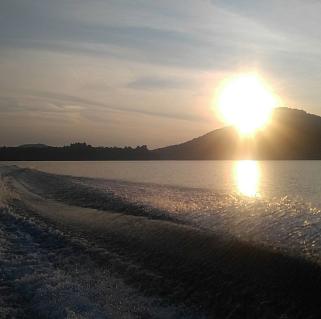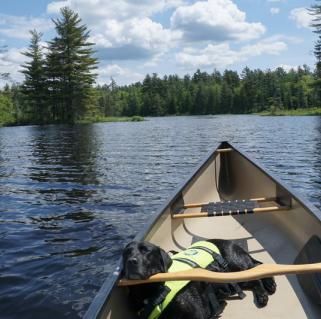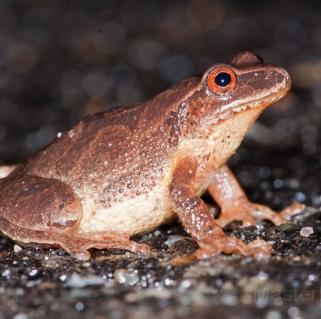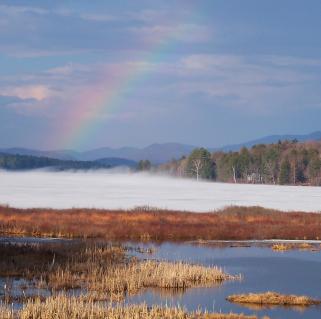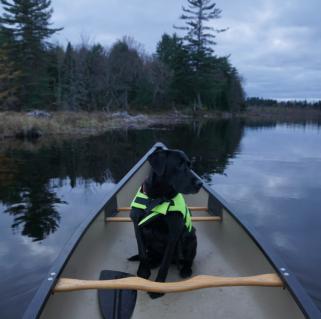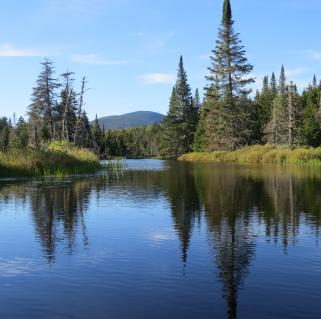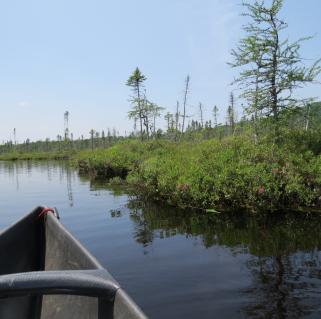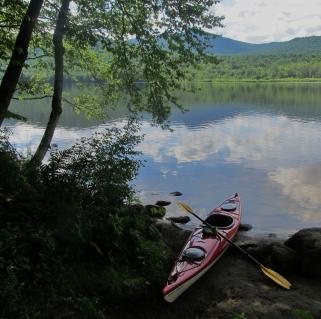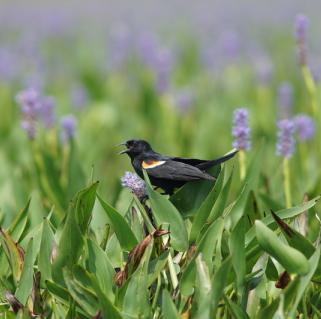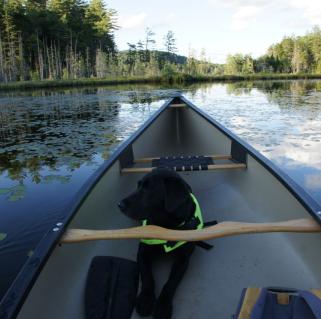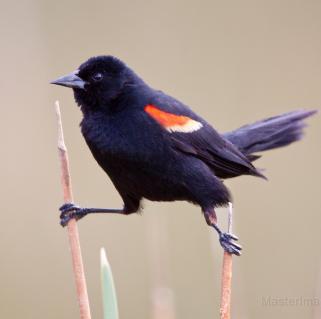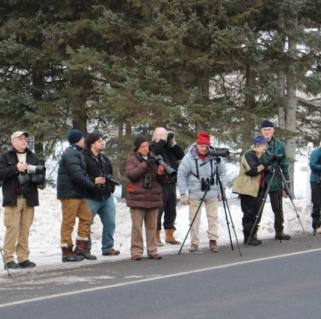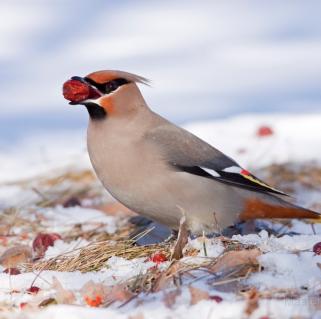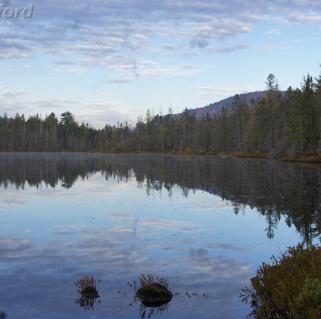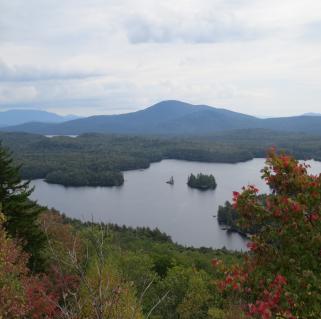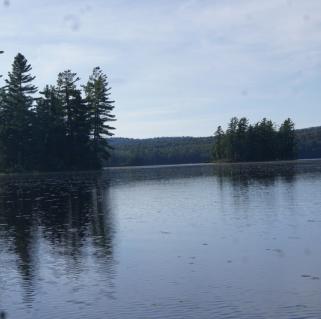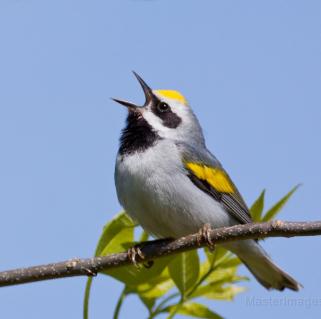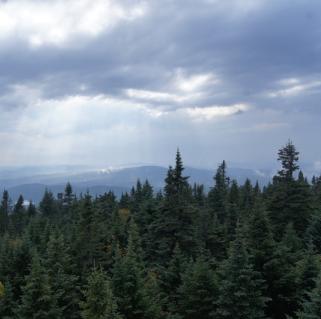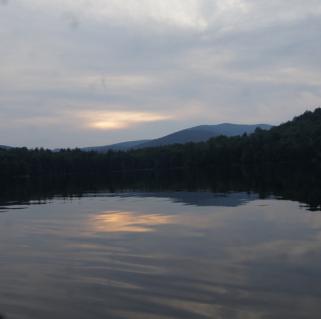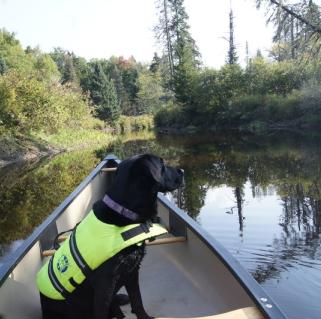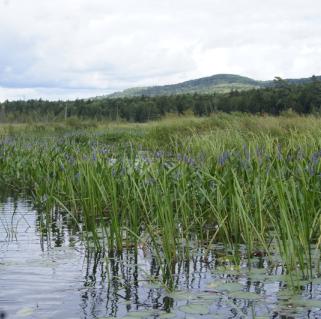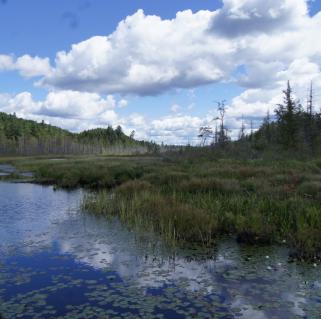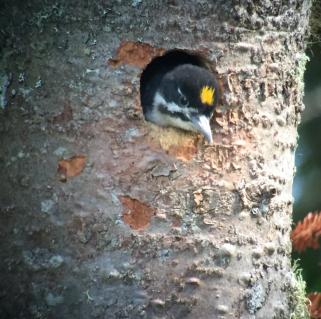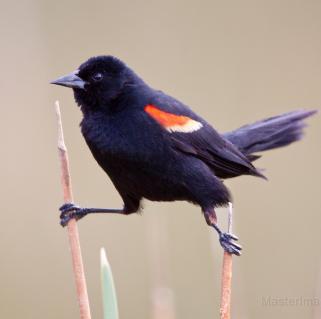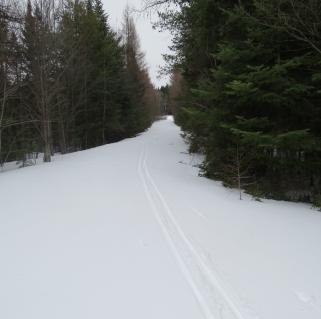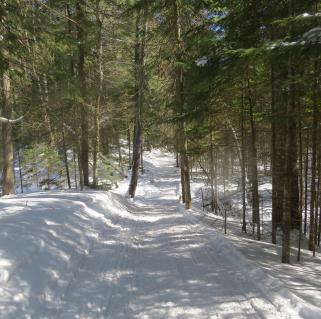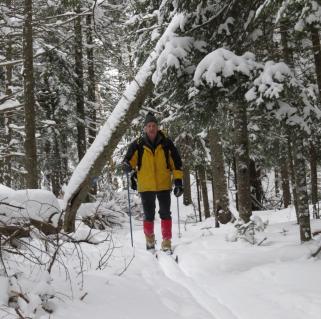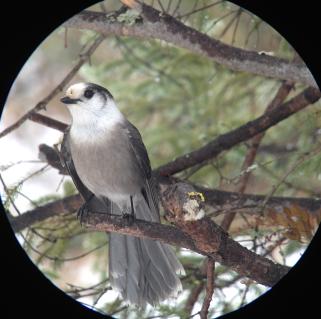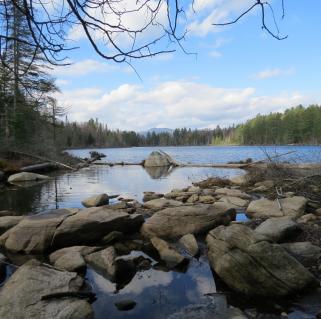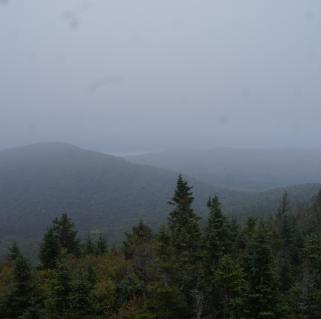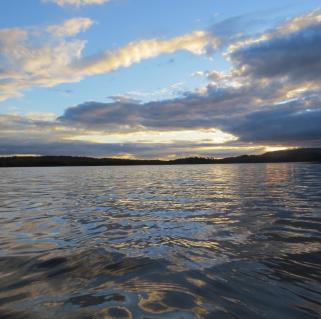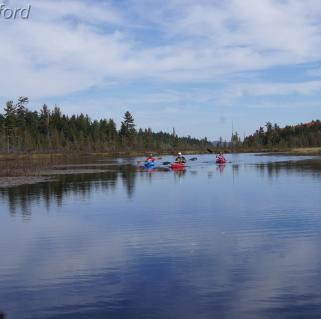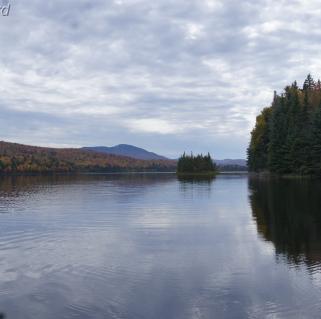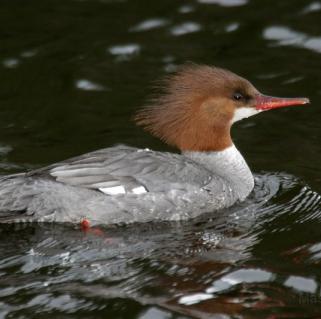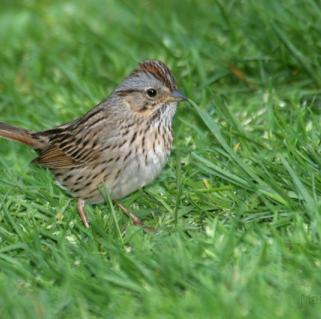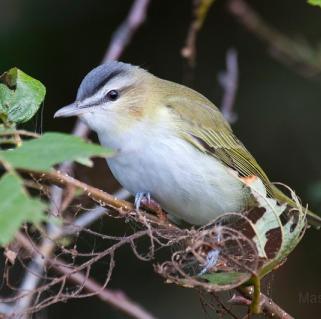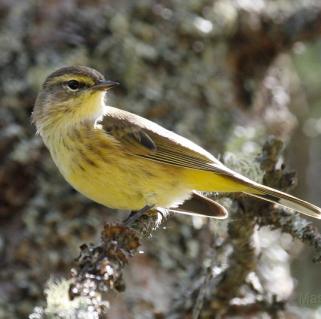It can be overwhelming visiting the Adirondacks because there is so much to see, and that’s especially true for birders. From the enormous, low-elevation Lake Champlain to the towering High Peaks, there is a wide range of wildlife habitats that are home to an impressive selection of migrating and year-round birds.
Spring is a prime time for birding, and there’s no better place to sample the Adirondack goods than a visit to the heart of the region. You’ll have easy access to some of the most diverse ecosystems here, so keep that species list handy — you’re about to check some names off of it.
Low elevation boreal forest
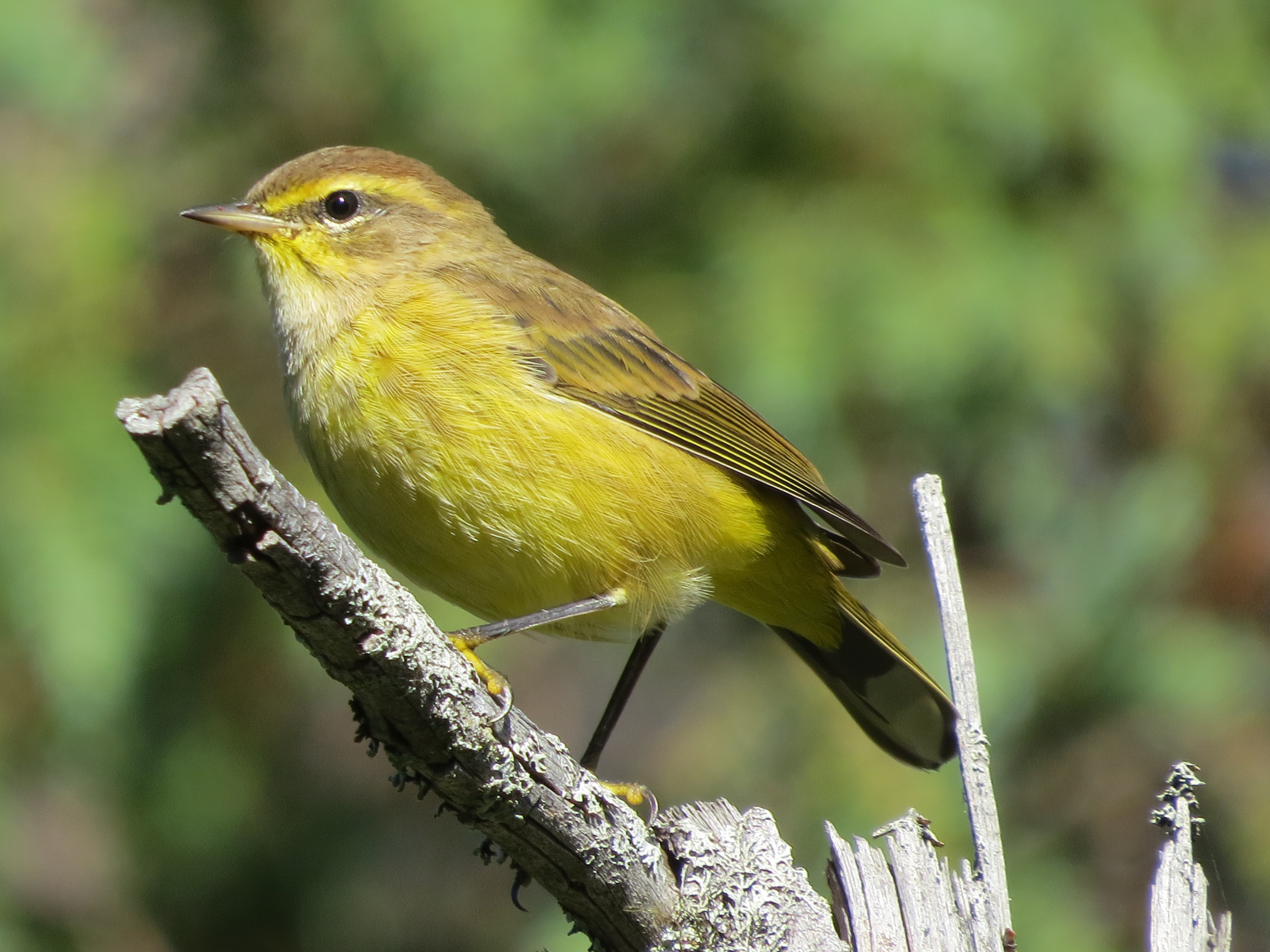
Mixed forest
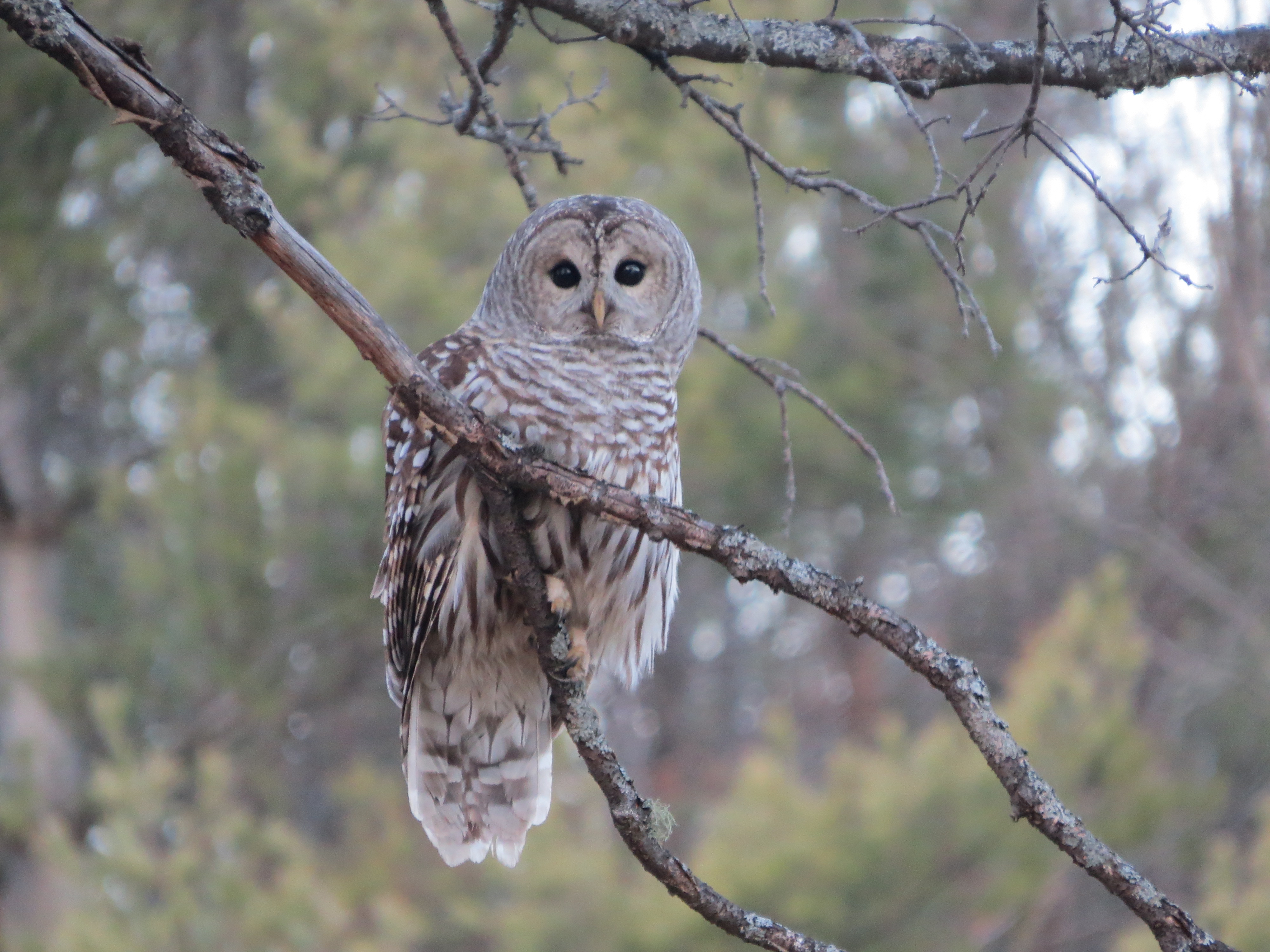
Mixed forests are places where needle-bearing evergreens and leafy deciduous trees mingle. These ecosystems are abundant in the northeast. In the Adirondacks they’re often found in lower elevations, where they aren’t subjected to the stresses of our higher elevations.
Where to start: Sabbitis Circle Road, Vanderwhacker Forest (first mile), Moose River Plains
Look for: Hermit Thrush, Black-throated Green Warbler, Black-throated Blue Warbler, Northern Goshawk, Broad-winged Hawk, Winter Wren, Mourning Warbler, Black-crowned Night Heron
Wetlands, rivers, and ponds
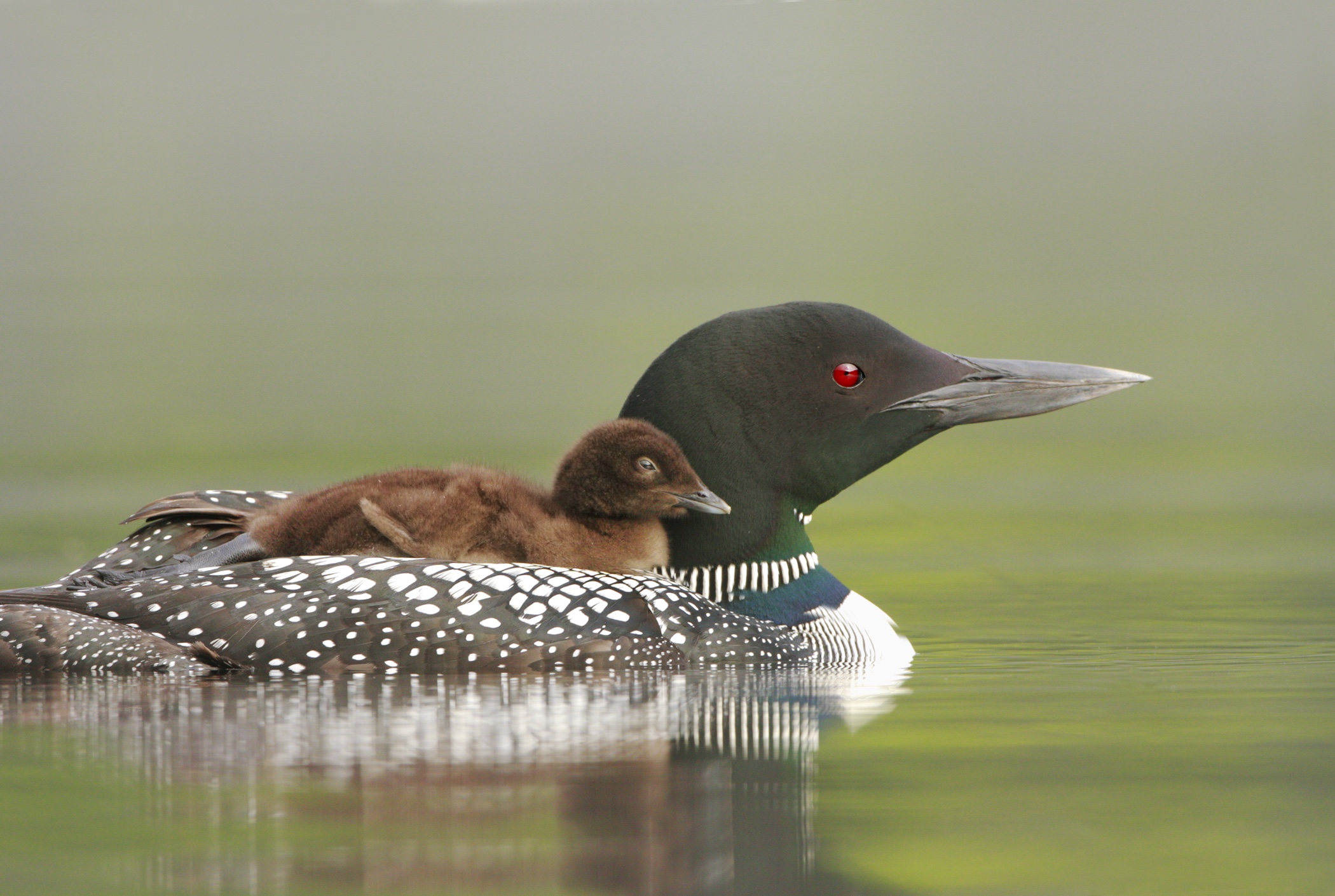
Tumbling rivers, sparkling lakes, and wetlands that stretch to the horizon — water is everywhere in the Adirondacks, and the animals here love it. People love it too, which means many of our most scenic waterbodies and waterways are easily accessible and just waiting to be explored.
Where to start: Fishing Brook, Sabbatis Bog, Cedar River Flow, Wakely Pond
What you’ll find: Northern Harrier, Common Loon, Osprey, Bald Eagle, Virginia Rail, Wilson’s Snipe, American Bittern, Rusty Blackbird, Olive-sided Flycatcher
High elevation boreal forest
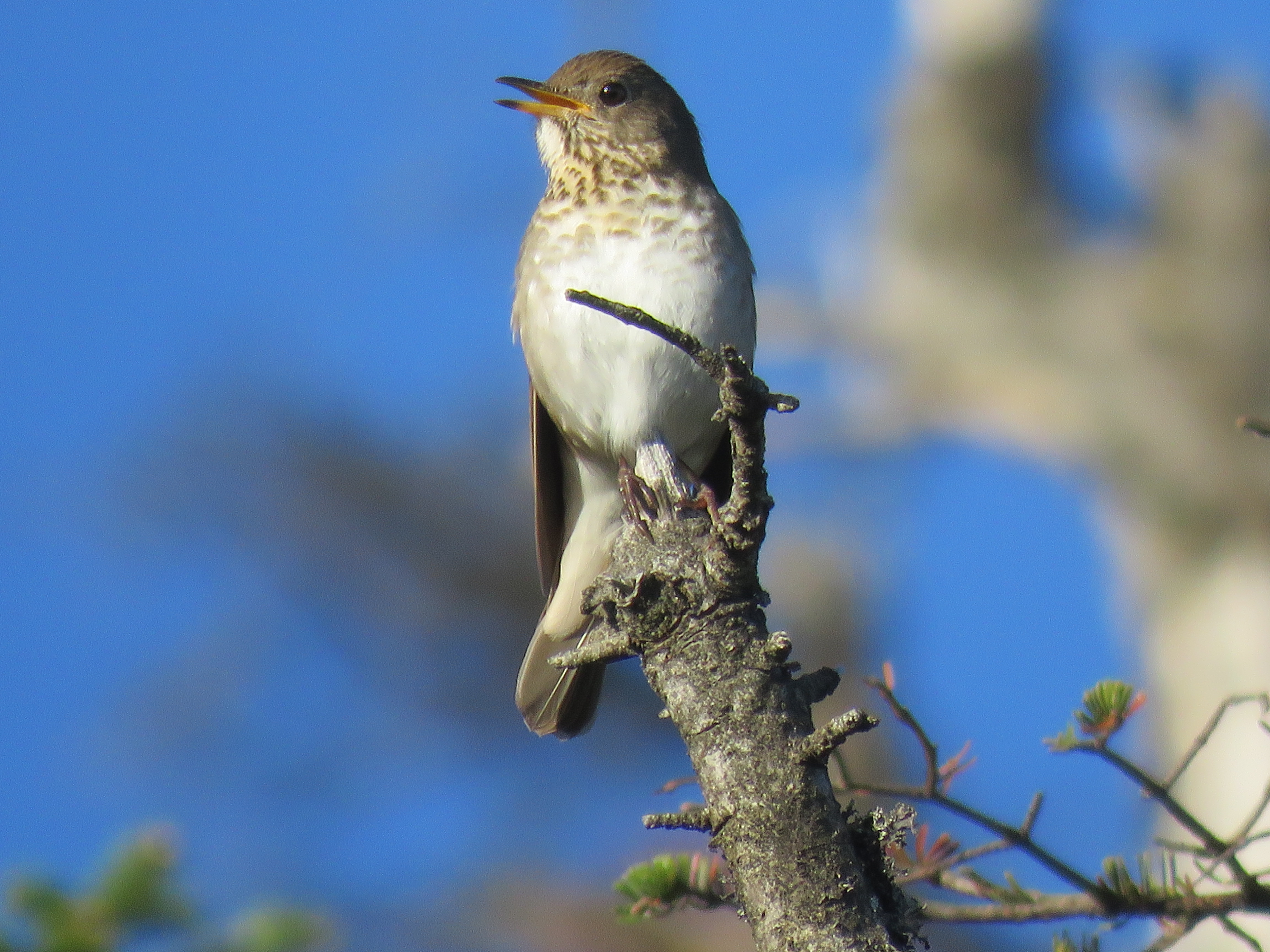
The dense miniature forests near the summits of our highest mountains are like little habitat islands in the sky. These are harsh, beautiful places where trees like balsam fir, red spruce, mountain ash, and white birch are stunted by the harsh, windy conditions.
Where to start: many of the Adirondack High Peaks
Look for: Bicknell’s Thrush, Blackpoll Warbler, Ruby-crowned Kinglet
Birding is just one way to experience the Adirondacks. Go for a hike or a paddle, and then treat yourself!

